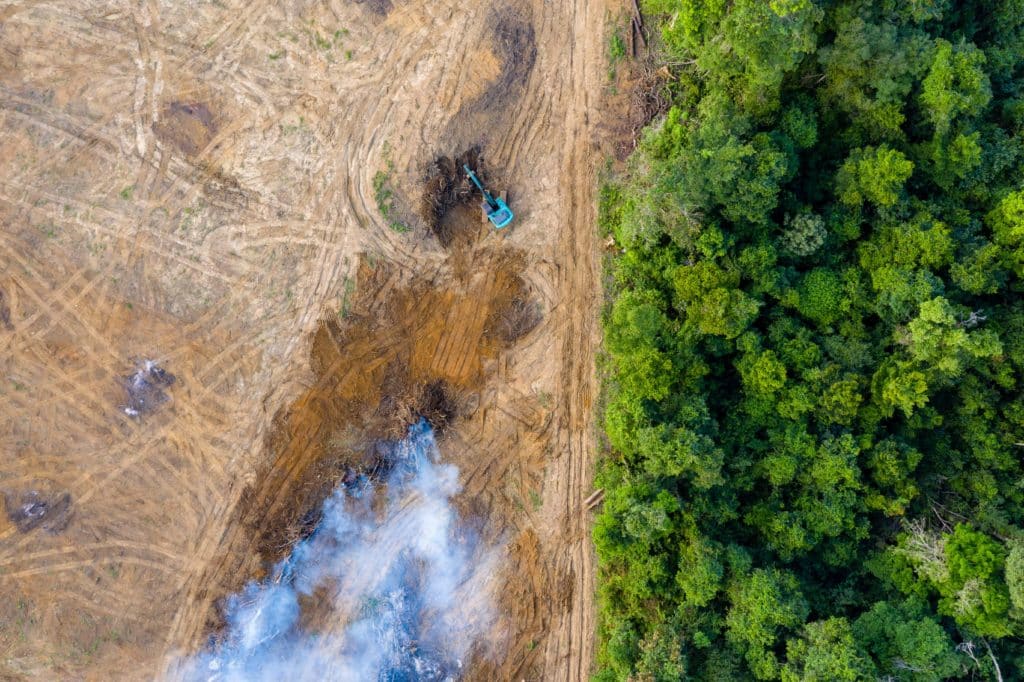
There are a number of reasons why we need to reforest Planet Earth. Less than one fifth of the Earth’s original forests have survived the rise of the human race since the last glaciation. The biggest effect from loss of forests is loss of habitat and the resultant loss of biodiversity.
Forest biodiversity encompasses not just trees, but also plants, animals and microorganisms that inhabit forested areas – and their associated genetic diversity. Over one billion humans depend on dense forests for their survival, although all humans depend on forests in some degree for some aspect of their lives.
Forests are also one of the biggest sinks of carbon on Earth and losing them puts more carbon into the atmosphere and prevents more carbon from being extracted. According to the International Panel on Climate Change, there remains only about 10 years to prevent the most catastrophic effects of global warming. In 2019, 43 billion tons of CO2 was released by humans into the atmosphere. Planting trees is currently the best way to seize carbon, however it will take planting billions of trees each year.
How Can Drones Help?
Using humans alone has been very unsuccessful in reforestation, as it is too slower process. However – Flash Forest, a reforestation company based in Canada, uses aerial mapping software, drone technology, pneumatics, automation and ecological science to reforest areas at a rapid pace, especially areas that have been clear-cut or ravaged by wildfires.
Having the hard labour done by a drone accelerates the pace of reforestation by at least 10 times over having humans alone do the work. Flash forest works with corporations, NGOs, forestry companies, universities and government agencies to maximise their efforts and reach more areas. The organisation is currently refining their technology across Canada and soon plan to expand internationally to bring their technology to six continents.
The drones plant seed pods that are full of primed seeds in a natural packet of balanced nutrients and other seedling boosters that can last months in the field. Using such high-tech methods, Flash Forest can map out the best planting locations and plants at a density of 1000 to 2000 trees per hectare. People do visit the seeded areas afterwards to check on seedlings and conditions and see how well the efforts are going.
The organisation aims to bring the cost down to 55₵ per tree, about a quarter of the cost of most tree restoration efforts. Initially, the company looks to plant 1000,000 seed pods per day per two drone operators. By 2028, Flash Forest plans to plant over 1 billion trees and with further support, they could do even more.
Coverdrone’s Commercial Insurance Policy
Coverdrone’s commercial drone insurance policy is available to operators based in Canada, as well as the UK, EU, Australia & New Zealand, and covers various all types of commercial operations such as Flash Forest’s project. If you are interested in obtaining a quote, please visit our website or contact a member of the team.
News Source: Forbes
